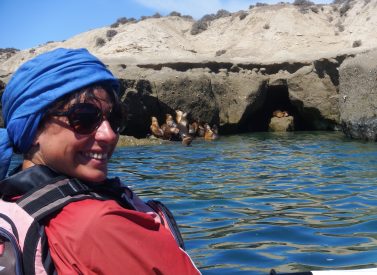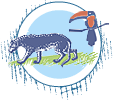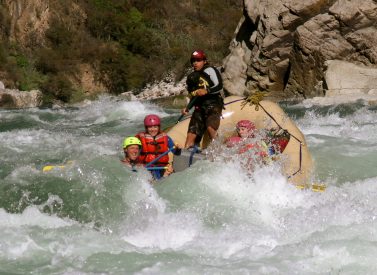
Raft The Futaleufu River, Chile
Go rafting on Rio Futaleufu and enjoy a great river for a white water holiday.
After days spent rafting the great rapids of the Futaleufu, enjoy relaxing at an eco-camp, with yoga, massage, hot tubs, sauna and more.
The Futaleufu is on the the best rafting rivers in South America.
It has astonishingly clear waters and flows through deep canyons and pristine wilderness. This helps to create explosive and untamed white water, unparalleled anywhere in the world.
More on rafting the Futaleufu, Chile
Born in the Los Alerces National Park in Argentina, the Futaleufu flows west into Chile, with landscapes dominated by snow capped volcanoes and rainforest.
The Futaleufu, which means ‘Great River’ in the local Mapuche dialect, eventually arrives at the coastal town of Chaiten.
A cosy camp features two hot tubs, ample food and drinks, comfortable huts with incredible views and stunning backdrops to our daily rafting.
Find yourself sitting on the porch of your cabana, sipping on a glass of Chilean red wine. Bask in the splendour of the Chilean summer with the distant rumble of your next exciting rapid just within earshot.
Described by the locals as “a place so lovely it must have been painted by God”, this is an experience not to be missed.
Trip Highlights
Print Share Download as PDF-
Whitewater rafting, inflatable kayaking, fishing, hiking, mountain biking, horseback riding, yoga classes, massage, salsa dancing, relaxing - what a list!
-
Talented, professional and caring guide staff.
-
Riverside eco-camp.
-
Wine tasting, gourmet cuisine, professional chef.
-
Beautiful flight over Patagonia Fjords and scenic transfer to Futaleufu Camp.
-
Two hot tubs, sauna, sunset bar.
I had the most amazing time, it far exceeded what I was expecting.
The camp really does sell itself short, it’s an amazing camp. Food was out of this world and all staff were great, free bar at camp and each tent/hut had its own member of staff allocated to you for the whole trip, so coffee served in bed every morning.
There were yoga classes every morning to help get ready for the day in the raft and two hot tubs. I'm going to go again next year!
V. Hykel, Rafting Futaleufu
Full Itinerary
Day 1: Arrive Puerto Montt, taxi to Puerto Varas hotel, dinner (D)
Arrive in Santiago, Chile. Collect your luggage, pass through Customs and then re-check in for your domestic flight to Puerto Montt: gate way to Patagonia.
Please look for a taxi (not included) to transfer you the 30 minutes to the beautiful town of Puerto Varas, located on the shores of Lago Llanquihue, which is Chile’s second-largest lake.
You may get stunning views of Volcano Osorno, weather permitting.
Enjoy strolling the streets, famous for its wooden homes built by German immigrants.
Depending on your arrival time, rafting, fishing, or a tour to Lago Todos los Santos and Saltos de Petrohue can be arranged. (not included in trip price)
We will meet at 19.00 in the hotel lobby bar for introductions and a welcome briefing. This is followed by a group welcome dinner at one of our favorite restaurants where you can indulge in a steak off the parilla, or try Chile’s famous seafood.
Overnight in the lovely Cabanas del Lago Hotel right on the lake.
Day 2: Transfer to airport, fly to Chaiten, drive to Futaleufu camp and cabana (B,L,D)
After breakfast we will board our private vehicle for a 20-minute drive to the La Paloma Airport, where we board our plane for one of the most scenic flights imaginable.
After as 30-minute flight, we arrive at Chaiten, a small fishing village and a gateway to Patagonia. Here you will get an immediate sense of wild and scenic Patagonia.
Depending on time, we may take a short hike in Pumalin National Park; one of the largest and most diverse conservation efforts in South America. The 715,000-acre Pumalín ark is located in the Palena Province of Chile, and stretches from the heart of the Andes to the fjords of the Pacific Coast.
During our two-hour drive to the Base Camp, we pass the beautiful Lago Yelcho with its multiple hanging glaciers, jagged glaciated peaks, and temperate rainforests.
Arrive at the Base Camp, where your private tent bungalows, sitting upon raised platforms and complete with river views and comfortable beds, will be waiting for you.
Day 3: Safety talk, white water rafting (B,L,D)
Awaken on the banks of the Fu and enjoy your first morning in camp.
You can take an early morning hike in the valley, or for those who choose to sleep in, rise later with the warmth of the sun and have breakfast around 09.00.
A pre-breakfast yoga class is available on our customized yoga platform with river views or in the indoor Yoga Loft if the weather is inclement.
Mornings tend to be crisp and dewy so prepare to dress warmly – a fleece is perfect.
Today is a river day. We launch our rafts from basecamp after a thorough safety briefing. In a safe ‘eddy’, a short distance downstream, we’ll do a set of practice rescue drills. This allows the crew in each raft to hone their skills and prepare to raft as a team.
We use a cataraft combined with ace safety-kayakers as part of our safety net. Each raft is captained by a highly trained and intuitive river guide, who guides the boat from a stern-mounted oar frame. Guiding with oars does not detract from the paddling experience. The advantage to the oar frame is greater control in pointing the bow straight through bus size holes and 15-foot high “haystack” wave trains.
High siding is also an actively used paddle command. This style is consistent with any high volume, strong-current river where rapids graded 4 to 5-plus rage on. This is the Futaleufu!
The first section that we raft, from camp down to Puente Futaleufu (the Futaleufu Bridge), is only 10km, but offers more rapids per 1,000m than anywhere else on the river. It is the perfect warm up run and it is non-stop fun.
The rapids of note are El Cojin (The Cushion), and Mundaca, a local family’s name.
At take-out, we meet our vehicles for a 20-minute ride back to camp. Those who would prefer a lower body workout to complement their paddling are welcome to run back or ride one of our mountain bikes from take-out to camp.
When we get to camp, you can choose to go fly-fishing, try out a kayak, practice yoga, nap in a hammock, enjoy the sauna, have a massage, go for a hike, or soak in the hot tub.
Taking a hot shower, either indoors or under the big sky, feels very luxurious while camping in the remote wilderness of northern Patagonia
Of course, for the hardy, the river provides a cold bath and refreshing swim.
As the sun sinks behind the mountains, enjoy a game of chess or cards at the sunset bar. Every late afternoon is Happy Hour with an open bar stocked with beer, wine, soda, and fresh juice. Then, we gather together in the open-air kitchen/dining area, the Galpon, for a candlelight sit-down dinner featuring fresh produce, grown right in our own garden, and freshly baked breads.
After dinner, enjoy the campfire and the stars before retiring to your cozy tent on your private platform. The sound of the river will lull you to sleep and send you off dreaming of the next day of adventure in Chile.
Day 4: Rafting to Casa de Piedra (B,L,D)
Officially day two of our rafting extravaganza.
Our aim is to settle into a river rhythm that will be utilized in order to successfully raft the next few sections the Fu.
After Yoga and breakfast, we launch our rafts from camp and have lunch on the river. After we pass the Puente Futaleufu (yesterday’s take-out), we immediately round the corner to meet a big stomping continuous cascade of waves known as Mas o Menos, translated, More or Less. This is a good stepping-stone towards our first true blue class V technical rapid, Casa de Piedra (House of Rock) which is right around the next corner.
We get out of our rafts to scout this massive, boulder-choked rapid from the banks of the Fu. It is formed like a series of water wheels that channel all of their fury into a final churning pit with a dragon’s back highway through it; that is, if you hit it on line.
After this rapid, we run the remaining class 3 and 4 rapids as our hearts resume beating at their normal rates. We drift into a nice long, calm section that offers perfect fishing from the rafts as well as a great place to get into some hard shell kayaks.
The next three miles we have a floating happy hour and reach our take out spot just above Lago Yelcho.
Upon return to camp, we continue to celebrate the day, enjoy the spa and get ready for another fabulous dinner prepared by the crew and talented chef.
Day 5: Inflatable kayak training, Rio Azul (B,L,D)
Today we become experts at navigating our very own river crafts, known inflatable kayaks, IK’s or duckies. We venture up canyon to the Rio Azul, one of the main tributaries to the Futaleufu and is one of the most scenic canyons in Patagonia
Challenge yourself on the class II and III rapids and depending on your comfort level, either walk or take-on the Class IV rapid, ‘Cheese Grater’.
There is something deeply satisfying paddling your own boat down river, knowing that your destiny is in your own hands. Of course our highly trained guides will be there to coach you, watch over you and provide safety should you need to be rescued.
Fishing, mountain biking or relaxing around camp are always options in the late afternoon.
Day 6: Free day, optional fishing, treks, horse back riding (B,L,D)
With a range of activities on offer today you have the chance to explore more of this stunning part of the world.
Horse ride details:
After yoga and breakfast we take a short drive to the stables where we find our trusty steeds saddled up and ready for adventurous riding.
After a safety briefing, we ride alongside some local expert equestrians and our own river guides who gladly join the posse up a glorious, pristine side valley where the Rio Azul flows unhindered from its glacial headwaters.
We ride about 2 hours to a beautiful beach on the Rio Azul and enjoy an authentic Patagonian Asado picnic lunch.
Then you have the chance to take a 30 minute, round-trip, hike to the 300ft Cascada waterfall, one of the most beautiful waterfalls in the country.
After relaxing and a short siesta, you have the chance to trot or gallop back to camp.
This is a full day and you will be glad to return to camp, enjoy the soothing hot tub, a cold beer or glass of wine as you wait your turn to get a well deserved massage (not included in price).
Day 7: Drive to Futaleufu, raft Inferno Canyon (B,L,D)
We have an early breakfast in camp then travel 25 kilometres up the road to Rio Espolon to launch our rafts for the Inferno Canyon day.
On the Rio Espolon we have a chance to warm up on this low volume river before it joins and helps form the mighty Futaleufu as it gets squeezed into the narrow Inferno canyon. This upper canyon requires aggressive class V paddling and is potentially the most intense section of white water on the river. Many other options exist for those who choose not to participate in Inferno Canyon.
Five distinct rapids form a narrow sinuous river passage creating a wet surge and a full on adrenaline rush. The fourth rapid was until recently the smallest of the 5, but due to road building debris landing in the river, has now become nearly impassable at most water levels and requires a walk around and lining the rafts through it.
As we come out of Exit, the last rapid, we enter into a long calm. The current remains swift and we cruise many miles downstream arriving at the mandatory portage around the fierce Zeta rapid. We have lunch on the rocks as the crew ghost boats the rafts through this treacherous rapid.
After lunch, our first obstacle is Throne Room, a class V+ rapid for kayaks, a ghost boat rapid for rafts. By walking around this rapid, we get a great bird’s eye view of an almost ‘river wide’ hole that could destroy a raft. Back on board our rafts, we are dealt a Royal Flush; a continuous class IV corridor of rapids does not let up until we get to our take-out spot at the Rio Azul footbridge. The rafts are left for the night, tethered on shore.
Early evening is spent in camp getting ready for the evening festivities.
Blanca and her partner Umberto, locals from a nearby farm, prepare a very special treat for us. They prepare a delicious dinner called Curanto that is typical of the south of Chile and the island of Chiloe.
We spend the evening by the bonfire on the beach singing and dancing the night away.
Day 8: White water rafting Terminator, Kyburz and Himalayas, farewell BBQ (B,L,D)
Today, we must be mentally and physically well prepared for the river.
We call it the summit day as we aim to top our already great paddling days with the best day of white water in the world.
After a nutritious breakfast, we head up river to the footbridge where we left the rafts yesterday. As our day on the river begins, the blue glacial run-off from the Rio Azul River merges into the Fu from the right. The views of the snow-capped mountain peaks and jagged ridges of the mountain Las Tres Monjas (translated, the three Nuns) are absolutely breathtaking.
A six-kilometre stretch of warm-up rapids leads us to the longest and toughest rapid that we will raft, The Terminator. We scout and study our line, then we take the plunge and drop in. “Left turn, right turn, dig it in — hard forward!” are a few of the commands that might be heard.
The next three miles are non-stop rapids. After an aerobic workout, we pump through the enormous haystack wave train known as the Himalayas. Just when we need it, a calm returns, we float gently into lunch, served at our base camp.
After lunch, we return to the river to complete the last task for the day, tackling as much white water as possible. We raft the whole section of river from camp to below Casa de Piedra. At take-out, cold beers and tea are waiting. We make a triumphant return to camp to celebrate our days spent exploring Futaleufu valley and river.
For the evening’s festivities, staff prepare a typical Chilean Asado — lamb roasted over a bed of coals, ensalada, potatoes and farm fresh bread. We toast the river and give thanks for our safe passage. Under a bright starry sky, we spend our last night together as a group on the banks of the mighty Fu with the guides and crew.
Day 9: AM transfer to Chaiten airport, fly to Puerto Montt, end of services (B)
We start early today as we have to travel back down to the coast to catch the puddle jumper flight from Chaiten back to Puerto Montt for connecting flights either home or to your next destination.
You need to leave a comfortable “window” to make it back in time, so book connecting flights that leave Puerto Montt 14.00 onwards.
You may also choose to spend another night in Puerto Varas on your own (ask for extension options).
We hope that when you board the airplane you will look back upon your time in Patagonia and think of the friends you have made and the beauty of the Futaleufu River and Patagonian wilderness. Ciao amigos!
Prices From $5,625 / £4,573 per person
What's Included?
Accommodation as listed, transfers as listed, meals from breakfast on day 2 to breakfast on day 9, all necessary rafting equipment, buoyancy aids, helmets, full length wetsuits (men’s and women’s fit) and spray jackets, all camping equipment, fully qualified, experienced river guides and safety kayakers, necessary permits and licenses, return flight Tepual-Chaiten-Tepual
What's Not Included?
International flights and flights to Puerto Montt, arrival transfer (taxi) on day 1,visas, departure taxes, travel insurance, inoculations, personal items or gratuities, meals in town which are not included in the price, any extra accommodation outside of what is provided.
Accommodation
Overlooking one of the most beautiful canyons on the Futaleufú River, the base camp proves that camping can be luxurious.
Amenities include: our riverside sunset bar where we enjoy Chilean wines, a wood sauna, 5 hot showers, flush toilets, 2 massage studios, a stone riverside hot tub, a handcrafted wood hot tub, a fireside, sit down dining area where we enjoy delicious meals made with locally grown produce, and indoor and outdoor yoga decks with spectacular river and mountain views.
Your “home away from home” is a private, spacious safari-style tent bungalow with amazing views of the river. You fall asleep in a comfy bed with soft linens and fluffy comforters to keep you warm as the river lulls you to sleep and into sweet dreams.
Our camp provides natural areas of private, quiet reflection and beautifully hand built structures such as the open-air library or tranquil yoga pagoda.
It is ideally situated for river access and smooth shuttle logistics – jump in a raft and float down to the famous “bridge to bridge” whitewater section just a mile downstream from camp.
Towels and hand soap are provided at all the bathrooms. You will need to bring your own shampoo, conditioner and body wash soap.
There is no Wi-Fi and electricity is limited to communal areas, where you can charge cameras etc.
There are wood-fire stoves in drying rooms if it’s not possible to dry clothes in the open.
The facilities at our Futaleufu River Camp include:
- Open sunset bar overlooking the river with unlimited drinks, relaxing, dancing and good conversation
- A hand-crafted wood sauna
- All water is treated and potable
- 2 private spa/massage rooms and professional masseuse
- Free daily yoga classes with mats on a cliffside yoga deck or the new indoor yoga loft with stunning mountain and river views
- River rock hot tub with beautiful river, mountain, and sunset views
- Hand crafted wood hot tub with river views situated downstream from our main camp to offer a place for private soaking and relaxation.
- Hot showers (can even shower outside, under the stars!) and flush toilets
- Private tent bungalows with roofs for shade, or rain, complete with roomy, walk-in, safari-style tents with river views, coffee table, shelving, real mattresses, pillows and sheets, down comforters
- Morning wake-up with coffee service by your own personal “tent captain”
- Cozy robes and towels
The camp includes areas for private, quiet reflection, such as our peaceful open-air loft library and cozy yoga pagoda, or join your fellow adventurers in one of the group gathering places for games, sit-down dinners, and happy hours.
Your adventure vacation on the Futaleufu River also includes:
- Free use of our fleet of 14 suspension mountain bikes, whitewater kayaks and catarafts, and a variety of fishing equipment
- Yoga classes every morning and private yoga sessions on request
- A full range of multisport adventures…
- Fly fishing on the Futaleufu River – either from shore, or from a cataraft in the calm canyon in front of camp. First timers and experts welcome!
- Candlelight dinners in our “Galpon”; a covered, open air log structure hand-built by our good friend and talented Chilean carpenter, Rolando.
- Inflatable kayaking on the Azul River and Espolon River – the Futaleufu’s two largest tributaries
- Horseback riding
- Unlimited use of hammocks in the open-air library
- An evening of Chilean wine tasting, including some wine made by a couple of the guides in Mendoza, Argentina
- A sunset “float” downstream to a beautiful beach for a riverside BBQ and campfire
- Visits to local farms to soak in the Patagonian culture
- Farewell Asado – traditional Chilean feast
- Mountain biking or hiking on nearby scenic trails
- Stand-up paddleboard in the calm waters around camp or rapids up river
Tour Staff
A team of professional whitewater and trekking guides will be in charge of your trip.
Hailing from Peru, Argentina, Costa Rica, South Africa, the US and New Zealand, these men and women have extensive experience with river safety protocols, river rescue, mountain awareness, high altitude safety, CPR and first aid.
From camp hygiene to boat repair and transportation logistics, they’ve got you covered from the moment you are picked up at the airport to your trip home. Many have extensive knowledge of the local areas they where they guide and are always happy to share their wildlife, cultural and environmental insights with you. They combine a variety of in-camp talents with many years in the field. They guide because they love to share the pleasures of discovery, exploration, and adventure.
Meals
Almost all dietary requirements can be catered for – please enquire.
Gourmet cuisine including freshly baked bread, fresh vegetables from either our organic garden or an adjacent farm and dinner always start with housemade soup
At the camp there is a professional chef and full kitchen staff that can cater to any special dietary needs.
If you are a meat eater, you will be in heaven! Also, Chilean seafood is unparalleled for its exotic variety of fish, shellfish and crustaceans.
The wines are amazing, as are the fresh juices commonly served. Gelato ice cream is found everywhere and is well worth at least one visit to a “heladeria”.
Activity Level
After breakfast, packing up the camp and having a warm up, you will be getting excited about the days adventure ahead.
Mid morning, the fun starts when the first rapid of the day splashes over the boat. Calmer sections between the rapids are a chance to share a few stories, jokes and lies on the raft with your fellow adventurers. Along the way we will take time out to hike to a nearby waterfall or remote village.
After a few more exciting rapids we spontaneously decide it is time for lunch and seek out the world’s best lunch spot for that day. Lunch consists of an array of fresh salads, fruit, platters of meats and cheeses so you can put together your own special “riverside sandwich”. With a full tummy it is time for a little siesta in the shade.
Back on the river you will tackle some more fun white water. Depending on what river you are on, you may spot some wildlife sunning itself on the banks of the river, drinking or flying above. There is always something to look at, even if it is just the stunning scenery.
You don’t need any previous experience to be able to sign up for this trip, but you need to be able to swim and be confident in water.
Note: Please remember that things do change, prices go up and down, activities stop running or change format and weather can send the best laid plans out the door. We will do our best to provide what is described above but please take into consideration the nature of the journey that you are embarking on and the country that you are travelling in and understand that a certain degree of flexibility is necessary.
Practical Information
Introduction to Patagonia
For most people, Patagonia evokes a vast, windblown plateau, jagged mountains and the life of the gauchos.
The steppe that occupies much of southern South America is only one aspect of a magical region, jam-packed with amazing and contrasting landscapes.
Patagonia (latitudes 40°-55°, approximately) embraces a vast portion of southern Chile and Argentina, from the Rio Colorado in the north, to Tierra del Fuego in the south.
For convenience, we have divided the region into three zones: the Lakes District of northern Patagonian, central Patagonia and southern Patagonia.
Geography of Patagonia
Southern Patagonia (latitudes 49° to 55°), encompassing the southern Andes of Chile and Argentina plus Tierra del Fuego, has an altogether more vertical aspect than the rest of Patagonia.
As the continent tapers towards its southern point, the Andes take on new characteristics and offer some truly impressive panoramas.
Much of southern Patagonia is characterized by virgin landscapes where man’s hand has either not been present or, because of the scale of the landscapes, goes almost unnoticed. To the west of the semi-arid Patagonian plateau, mile-high granite spires – e.g. Cerro Torre and Fitzroy in Argentina and the Torres and Cuernos del Paine in Chile – rise abruptly from the Andean foothills, while vast blue glaciers, fringed by southern beech forest, gouge out thevalleys below.
At the heart of these magnificent landscapes lies the South Patagonian Ice Field, an utterly remote icy wilderness spanning hundreds of kilometers, whose glaciers – including the Perito Moreno and Upsala – are tens of kilometres long by severalkilometers wide.
Also characteristic of the southern Patagonian Andes are its turquoise, iceberg-filled lakes. To the west lies the southern portion of the Chilean Archipelago, comprising snow-capped islands and fjords.
Across the Magellan Straits from mainland Patagonia lies Tierra del Fuego which, like the rest of Patagonia, is divided between Argentina and Chile.
The north and east of Tierra del Fuego is flat, but flanking the Beagle Channel in the south, the tail end of the Andes provide very dramatic mountain scenery.
The Lake District (latitudes 40° to 45°) or the Araucania, is a region of dramatic conical volcanoes, evergreen, high-canopy forests and, of course, lakes.
It straddles the Chile-Argentine border, and also takes in Chiloe island, in the extreme north of the Chilean Archipelago. This region stretches from Temuco in the north to Chiloe in the south.
Central Patagonia (latitudes 45 to 49) is one of South America’s best-kept secrets. The vast wilderness area can be divided in two:
- The dry band of Andean foothills and wind-blown plateau lying on the Argentine side of the Andes. This remote area is traversed north to south by a gravel highway known as the Ruta Cuarenta (Highway 40).
- The Chilean portion to the west of the Andean watershed, often referred to as the Careterra Austral (after the little-used gravel highway that crosses it from north to south).
This huge region, embracing the sparsely-inhabited southern Araucaria and Aisén Region, features temperate rainforests, snow-peaks (often extinct volcanoes), lakes and, to the west, the Chilean Archipelago: a labyrinth of fjords and mountain-islands. This, the Chilean portion of central Patagonia, boasts the northernmost of Patagonia’s many giant, sea-level glaciers.
The San Raphael Glacier, probably this region’s most famous landmark, is an immense hanging glacier whose seracs calve into an iceberg-filled lagoon.
Find out more about Patagonia with our blog about its wildlife.
Weather
Chilean Patagonia, in the south of the country, has a climate with lower temperatures compared to the rest of Chile.
Lake District and Patagonia
It can be better to go in the Austral summer (Oct-March). Daylight hours are much longer at this time, with Nov-Feb being popular times to visit. October and March can be very colourful and vivid with less visitors, but weather can be more blustery.
In Patagonia, the weather is, putting it mildly, variable, and variable on a daily basis. It is usually cool and windy all year round but seldom does the temperature fall below freezing point. Some days start with snow and end in balmy sunshine. It is always interesting, and can range from 10°C-20°C in the summer, although the wind can make it feel chilly.
The vast unbroken stretch of ocean to the west and south of the South American continent leaves the Patagonian Andes very exposed to the saturated winds that circle the Antarctic landmass. Also the South Patagonia Ice field influence makes the weather hard to predict. In spring or early summer fine weather may deteriorate almost without warning, bringing rains and eventually snow. Even in summer (Dec-Mar) you should come prepared to find cold, strong winds (up to 130 km/hr) and rainfalls. The summer’s average temperature is 11ºC/52ºF (24ºC max, 2ºC min).
Winter visits to these southern areas are possible, but many hotels close and not all trips are possible. Daylight hours can be very short, but the lack of visitors can greatly improve chances of seeing wildlife in parks such as Paine.
The Lake District’s temperate climate can be said to resemble that of the UK, with rain possible but also enjoying long spells of fine, fresh weather in the summer (Oct-March).
Kit list
Book with Andean Trails and get 15% off Páramo’s fantastic ethical and high performance outdoor gear.
In order to make your travels and connecting flights easier you might consider bringing only one duffle bag and one carry-on daypack.
There is a weight limit on the Puerto Montt / Chaitén charter flight of 35 pounds for checked luggage. If you are in Chile for an extended time and have extra bags, you can leave them at the Hotel Cabana del Lago in Puerta Varas.
Clothes and weather
Though it will be the height of summer in Chile, we need to be prepared for inclement weather. The “Fu” is located in a region of extreme possibilities. We expect warm sunny days and cool, clear nights. Unfortunately, Mother Nature does not always cooperate and rain, even snow, is not unheard of in the Andes.
When packing, think of cold and wet as well as sunny and warm weather and you will be a happy camper. Plan ahead and bring warm clothes and a good rain shell.
The following is a descriptive packing list. Of course there are variations on each of these suggestions, but this should give you a good idea of what you should pack.
Sports gear
- One pair of river shorts: River shorts are quick drying, durable and multi-purpose
- Wetsuits: We do supply these, but if you have and prefer your own, feel free to bring it along
- Paddle Jacket: We will supply you with one, but if you prefer your own, please bring it
- Two Polypropylene long sleeve shirts or some type of synthetic sweater or underwear to wear underneath the paddle jacket. The paddle jacket alone will not work well without something underneath
- Polypro long underwear: A must! These will keep you warm when they get wet, and they dry quickly.
- River footwear: Check out the line of toe-protected river footwear. Tevas, Alps, Chacos, Keens, or tennis shoes with wool socks work well to keep your feet warm.
- Wetsuit booties with good soles are preferred
- Hat, visor or large brimmed sombrero with a string.
- Sunglasses with securing straps.
- Camel-Back/Platypus Hydration System: Easy hydration for mtn biking and horse-back riding
- Jeans: For horseback riding
- Bogs (thermal rain boots): Worth their weight in gold if it rains. We have rubber boots in camp for our guest to use when it rains (bring nice warm thermal socks or wool socks if you plan on using them).
- Loose fitting yoga clothes
- Padded bike shorts: Nice for MTB biking and horseback riding.
- Avid fly-fisherpeople – your own rod and flies
- Hiking Boots or Walking Shoes: There are great running trails around the camp, so bring the running shoes if you’re a runner
- Hiking Shorts with pockets and a belt
- Bathing Suit
Camp gear
- Rain Gear: Please be prepared with rain gear, such as a Gortex jacket or even one of those inexpensive yellow rain ponchos you wore as a kid
- Wool or fleece sweater
- Down jacket: Lightweight and a great insulator. Provides endless joy if it should be cold out, and when the sun goes down around 10 pm, the temperatures can plummet
- Wool or fleece hat: You can also buy locally made wool goods at our camp
- Wool socks: Two pairs, so you’ll always have a dry pair to put on — a luxury!
- Two or more t-shirts
- One pair of lightweight nylon or cotton baggy pants: only a suggestion, but they are comfortable to wear around camp after a day of rafting
- One nice pair of pants or summer dress: For city life upon arrival or departure and wine tasting
- Camera: A waterproof camera is nice to have to take pictures from the raft. We will bring along waterproof cases and bags to keep cameras dry
- Lotion and sunscreen: Not much Ozone left in the southern hemisphere so be prepared!
- Toiletry kit: Shampoo, soap, toothbrush, lotion, bug repellent, medications, etc.
- Flashlight and/or headlamp with extra batteries
- Daypack or fanny-pack
- Water Bottle, with optional carabiner to strap to raft
- Small Pack Towel: another luxury to have at the river take-out, we will supply a large bath towel for you
- Books: There is plenty of time for rest and relaxation, so bring along a book and/or journal A favorite poem to share around the campfire is also welcome
- Songs, mirth and merriment, small musical instruments, etc.
*Remember when packing your carry-on bag to bring any medications needed as well as any toothpaste or lotions in a plastic zip loc bag for security.
You may want to bring a toothbrush on your overnight flight as well as a change of clothing.
ATOL holiday protection
Andean Trails has 25 years of experience of putting together the best South America holidays.
We pay a fee to the CAA for every licensable passenger we book since we hold an Air Travel Organiser’s Licence granted by the Civil Aviation Authority. In the unlikely event of our insolvency, the CAA will ensure that you are not stranded abroad and will arrange to refund any money you have paid to us for an advance booking.
We also offer ATOL (Civil Aviation Authority) protected holidays to give our customers peace of mind when booking and travelling.
When you buy an ATOL protected air holiday package from Andean Trails Ltd you will receive a Confirmation Invoice from us confirming your arrangements and your protection under our Air Travel Organiser’s Licence number 6275.
You can read more about ATOL, who is covered and what protections you have if not ATOL-covered, on our ATOL page.
What is ATOL?
The CAA’s ATOL scheme offers protection to your money and your holiday if you book with us. Not everybody is covered (see ‘Who is covered?’ for more), as you must purchase an ‘air package holiday’ with Andean Trails to be protected.
And ‘air package holiday’ is defined as including a flight and some ground services (hotel, transfer, trek etc). This is also known as an ‘ATOL-protected holiday’.
Who is covered?
To be covered by ATOL, you must book a flight and some ground services with us and be from the UK. If you are from the UK and only book ground services and no flights, you are not covered by ATOL (see below for more on how non-ATOL clients are covered).
If you are outside the UK and buy flights with us, you will be ATOL protected IF any of the flights booked with Andean Trails touches/stops in the UK at any point during your holiday package booked with us.
If you buy your flights elsewhere, please check with that agent if you are ATOL protected. Be careful with online flight purchases and make sure you know what protection you have, if any, before paying for flights.
Not all holiday or travel services offered and sold by us will be protected by the ATOL scheme. Please ask us to confirm what protection may apply to your booking.
For land only holidays not involving any air travel, in accordance with “The Package Travel, Package Holidays and Package Tours Regulations 1992”, all UK passengers booking with Andean Trails Ltd. are fully protected for the initial deposit and subsequently the balance of all money paid to us, arising from cancellation or curtailment of travel arrangements due to the insolvency of Andean Trails.
I’m not ATOL covered, what protection do I have?
If you are not ATOL covered, any payments you make to us go to a Trust account.
We can only access this money once your tour has been completed, meaning that if anything happens to Andean Trails Limited while you are on holiday, then your money is secure and you can either complete the trip or be able to make it home.
If you pay for your holiday with a credit card, some offer payment protection – please check with your cardholder.
You also should have cancellation protection written into your insurance (which we recommend you have at the time of booking) in case you need to cancel.
Argentine Patagonia
Argentine Patagonia, the southern half of Argentina, is a remote, wind swept land of plains, mountains, lakes and glaciers.
The main airport is at El Calafate which is the gateway to Los Glaciares National Park.
Nearby is the mighty Perito Moreno glacier where you have the opportunity to get up close to the ice on one of the many walkways or on a boat trip.
El Chalten, a 3 1/2 hour drive from Calafate, is the trail head for treks in to the base of Cerro Torre, Fitzroy or for the more intrepid, on to the South Patagonian ice-cap.
Ushuaia, on the Beagle channel, is the southern most city of Argentina. Ushuaia is fascinating for historical interest, is rich in wildlife and is departure port for many Antarctic cruises
Chilean Patagonia
Chilean Patagonia is a pristine wilderness of fjords, glaciers, plains, mountains and forests.
Southern Patagonia’s main attraction is the Torres del Paine National park. The granite spires attract many visitors to what some have called the 8th Wonder of the World. The park is a trekkers paradise with two classic treks, the Paine W and the Paine Circuit.
Northern Patagonia, the Aysen region, is one of the least populated parts of the country and is blessed with spectacular countryside.
The main airport is Balmaceda near the city of Coyhaique and must see places include Lake General Carrera and the Marble Caves, The San Rafael Glacier, the Quelat Hanging Glacier as well as driving the Austral Road.
The Futaleufu River is a must for white water enthusiasts.
The region also offers great horseback opportunities as well as kayaking ones. Nature enthusiasts can admire the impressive scenery, imposing glaciers and fascinating wildlife and flora.
Available Dates
18th Dec 2025 - From $5625 / £4573.125
Price per person, double/twin room/tent basisSingle supplement applies (if available)
07th Jan 2026 - From $5625 / £4573.125
Price per person, double/twin room/tent basisSingle supplement applies (if available)
27th Jan 2026 - From $5625 / £4573.125
Price per person, double/twin room/tent basisSingle supplement applies (if available)
08th Feb 2026 - From $5625 / £4573.125
Price per person, double/twin room/tent basisSingle supplement applies (if available)
17th Feb 2026 - From $5625 / £4573.125
Price per person, double/twin room/tent basisSingle supplement applies (if available)
27th Feb 2026 - From $5625 / £4573.125
Price per person, double/twin room/tent basisSingle supplement applies (if available)
08th Mar 2026 - From $5625 / £4573.125
Price per person, double/twin room/tent basisSingle supplement applies (if available)

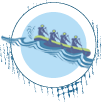
Dates & Prices
Prices From $5,625 / £4,573 per person
Guide price per person, double/twin room/tent basis
Single supplement applies (if available)
Can’t find what you’re looking for? Get in Touch
+44 (0)131 378 5593
+44 (0)131 554 6025



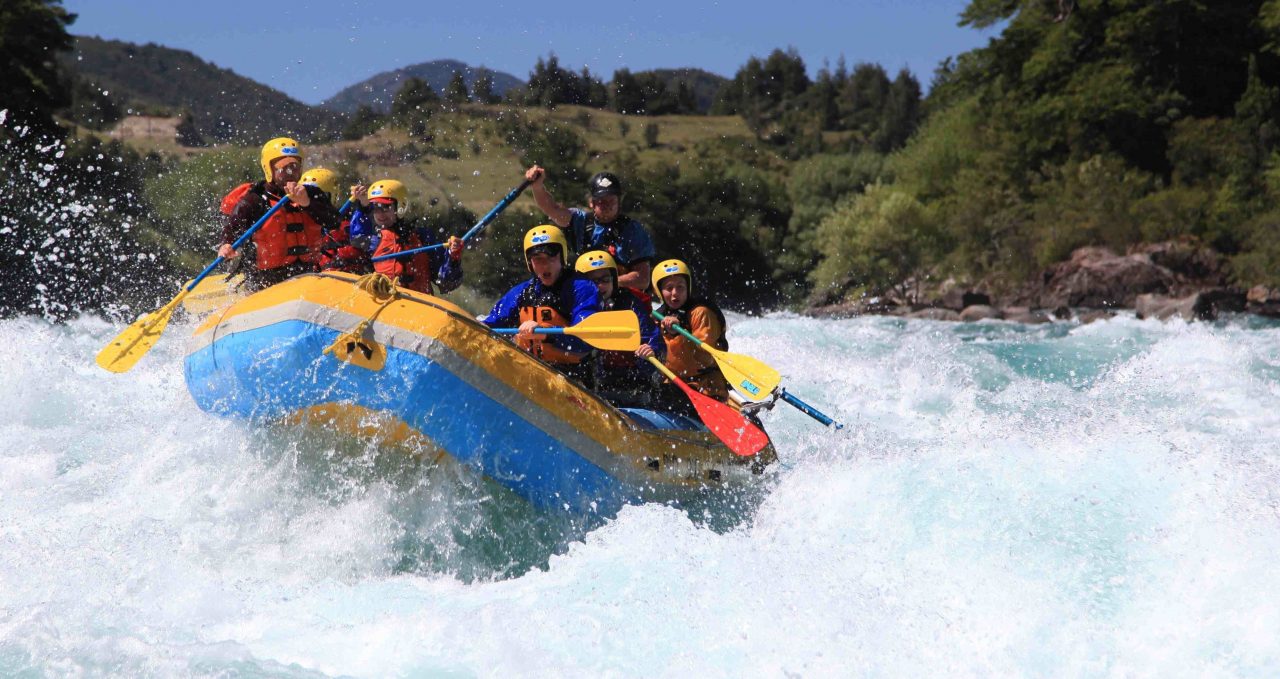
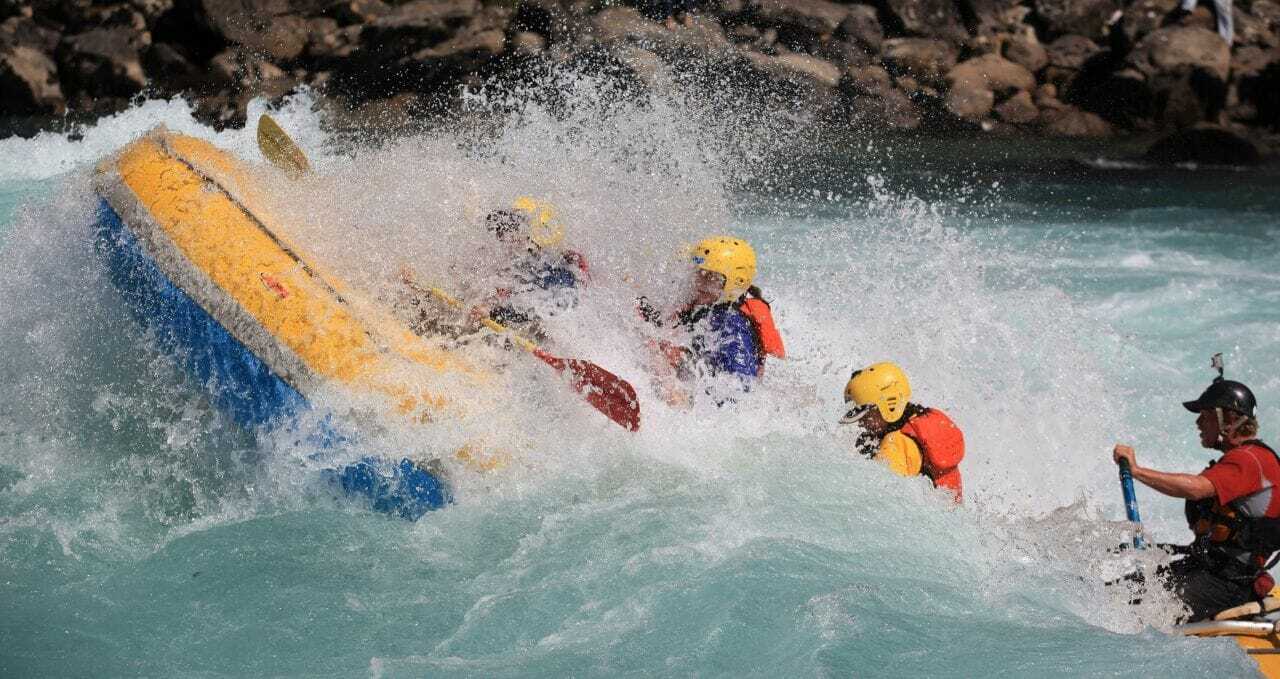
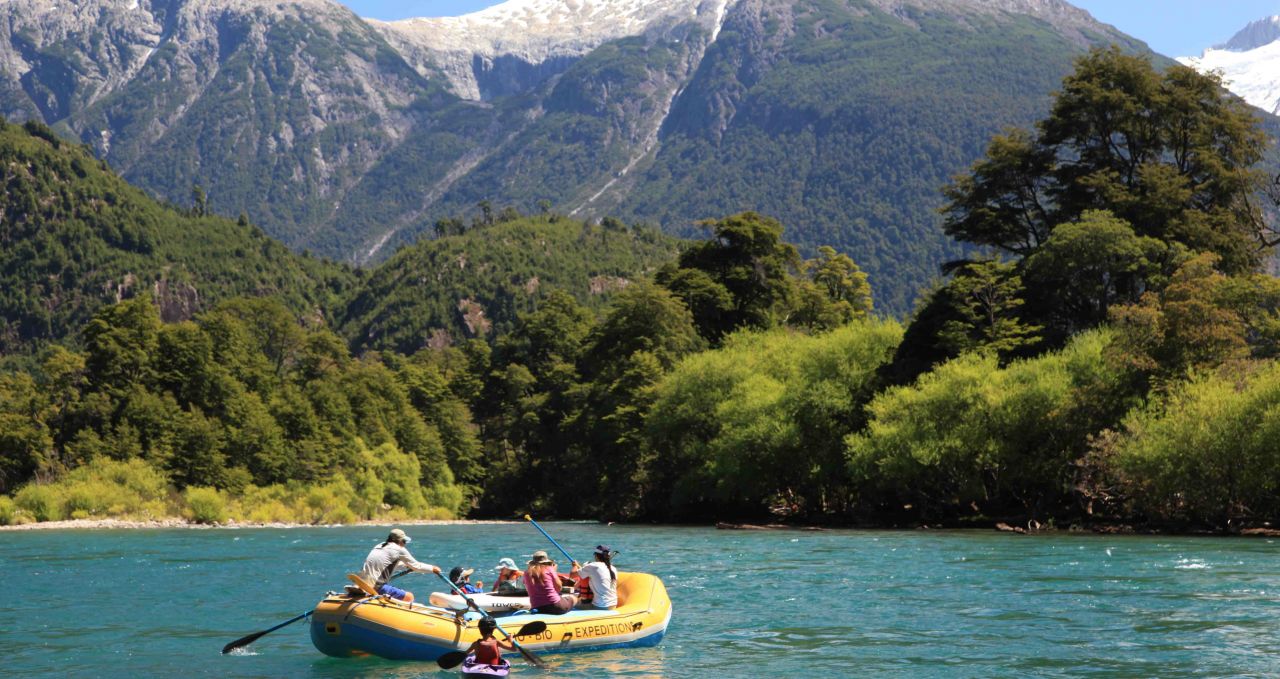
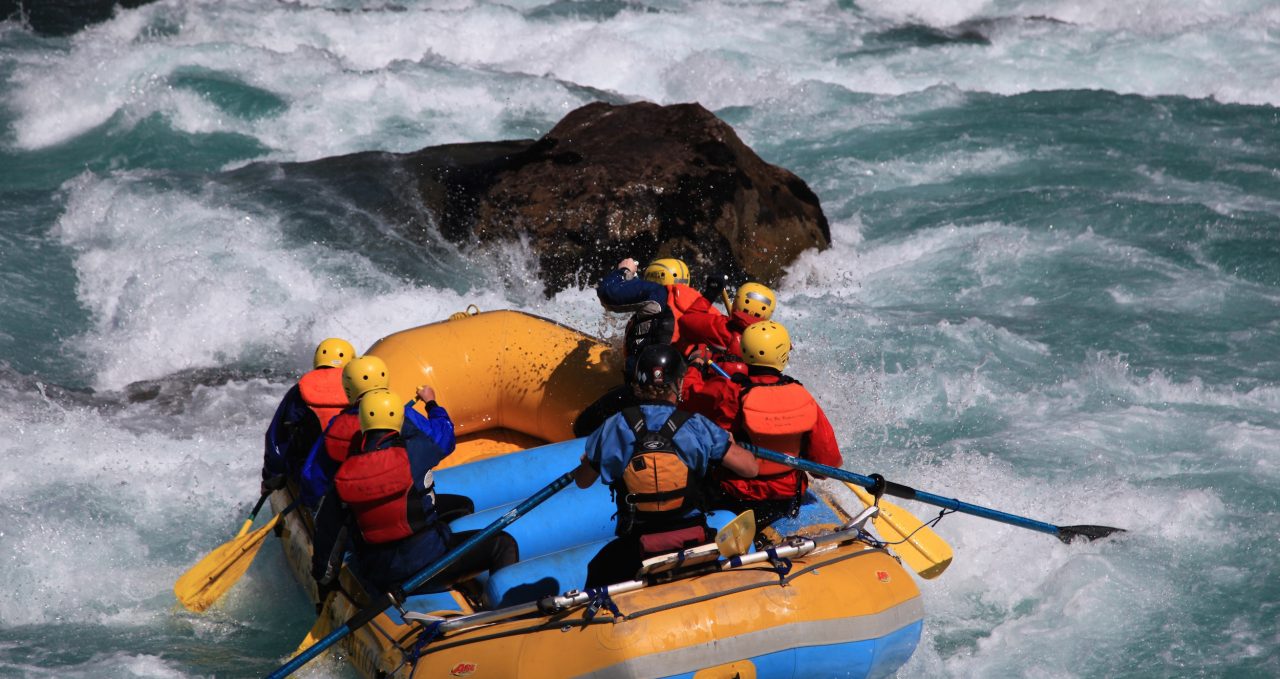
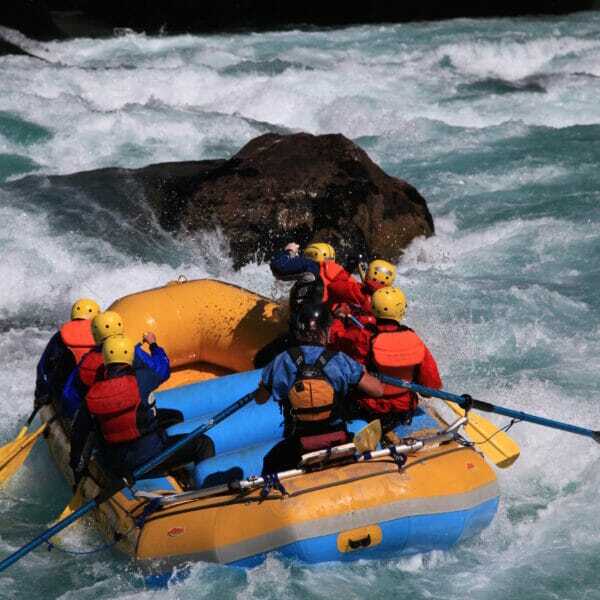
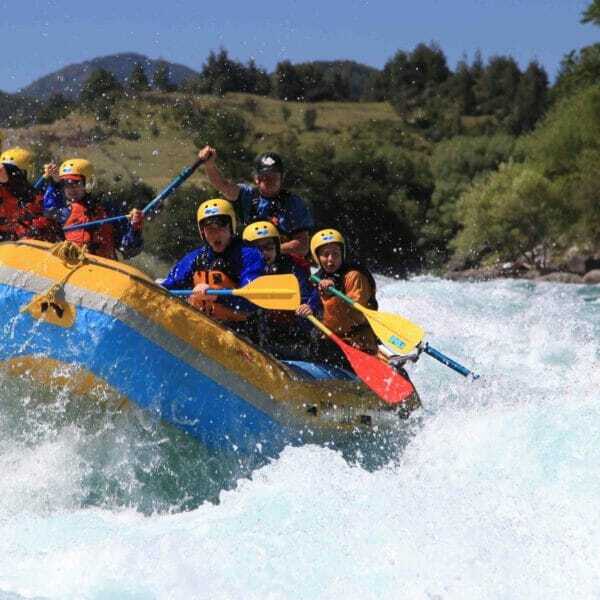
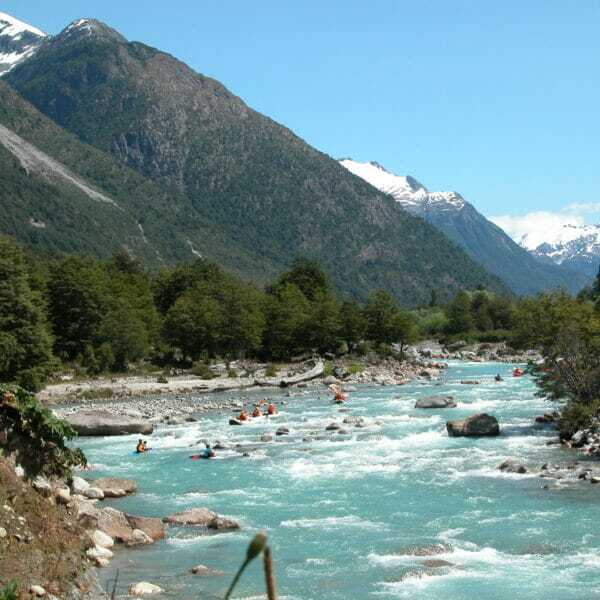
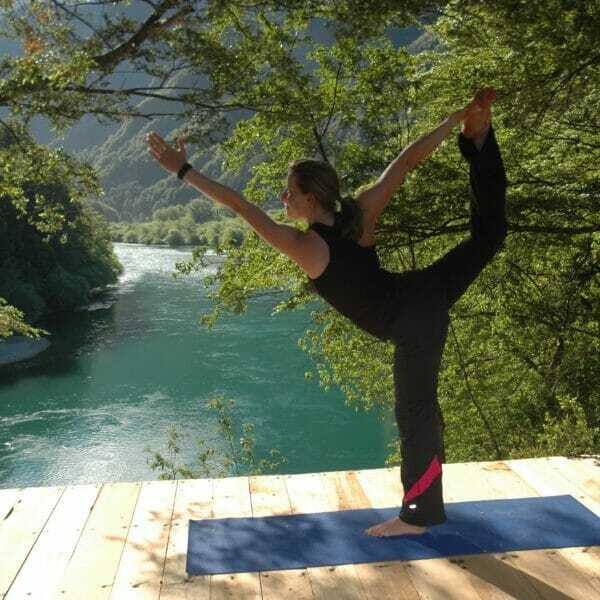
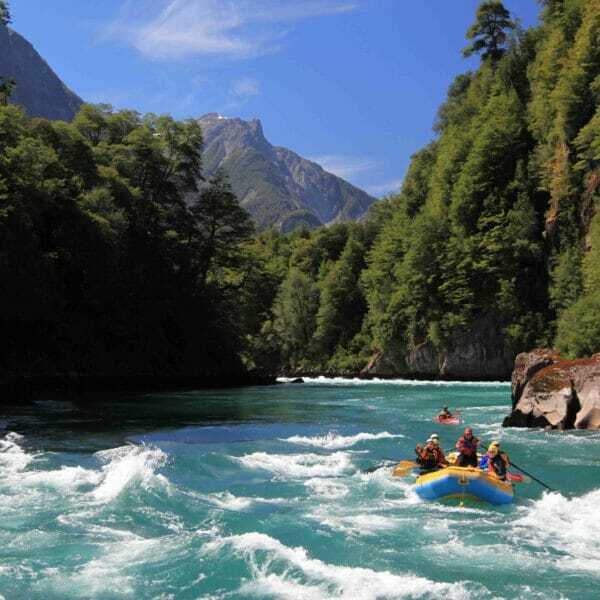
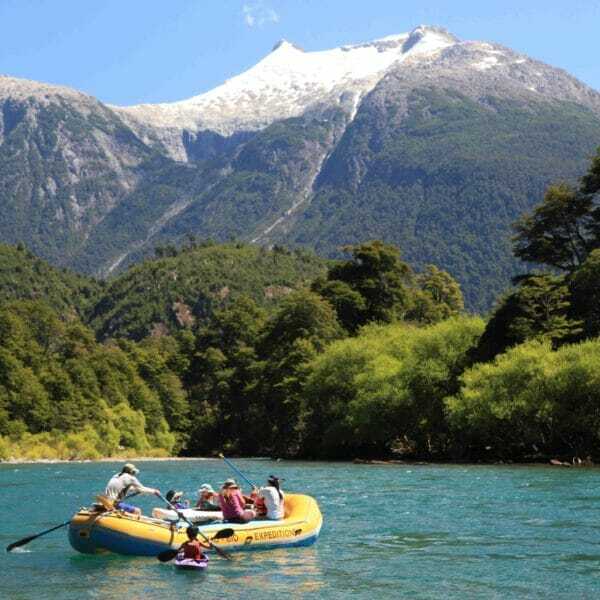
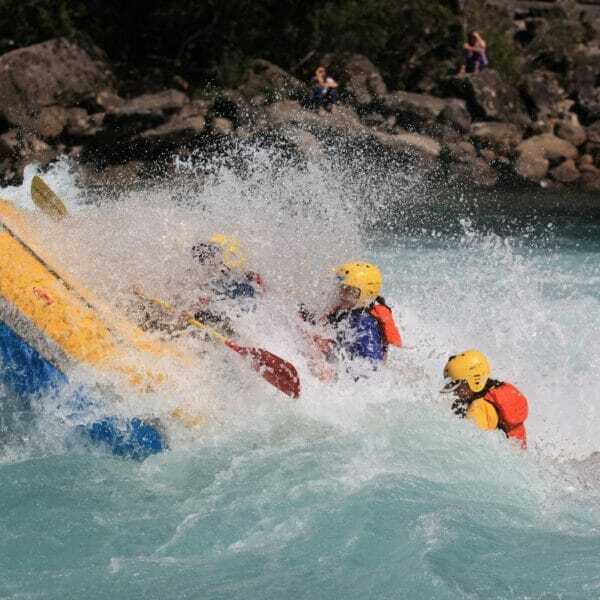
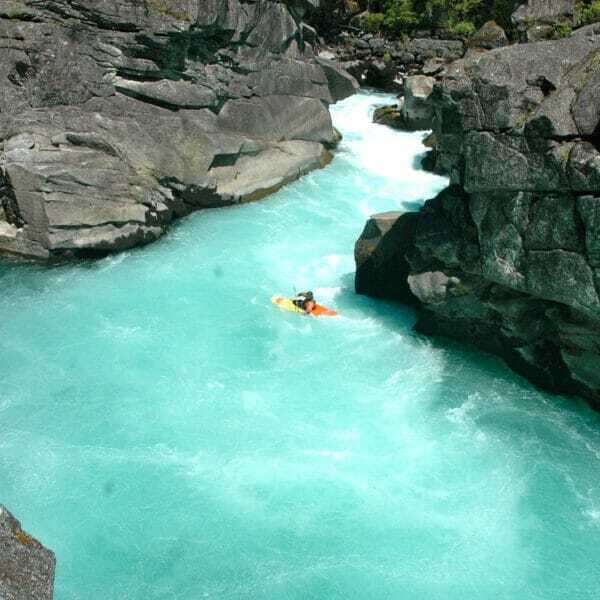
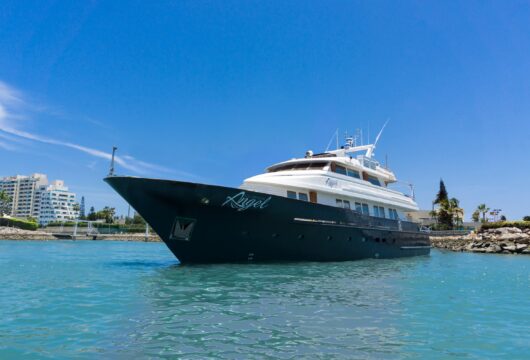
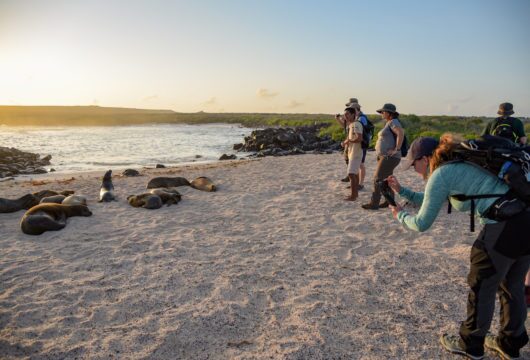
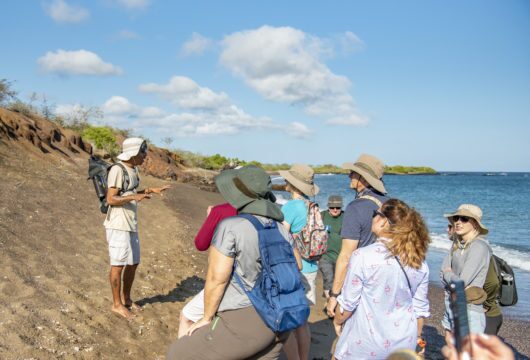
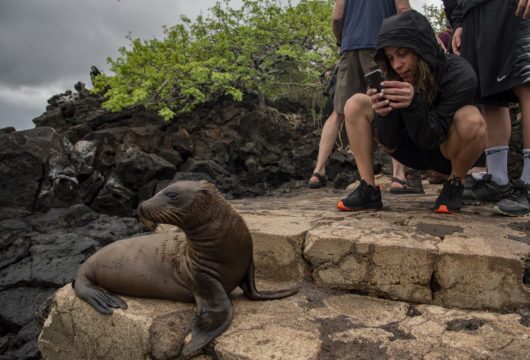
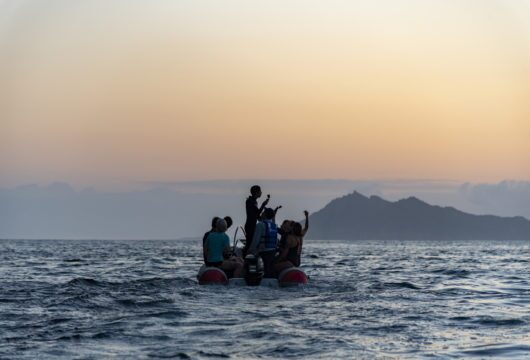
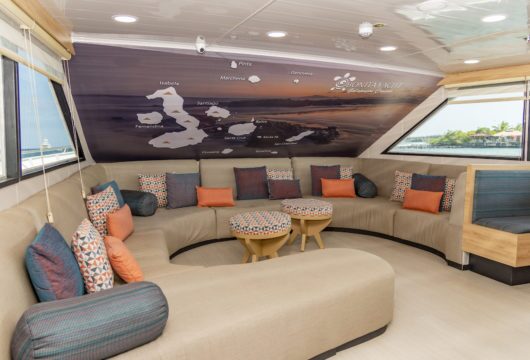
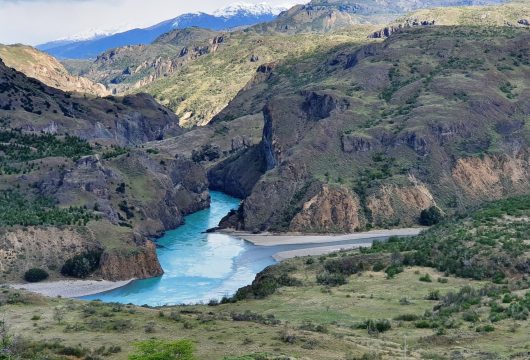
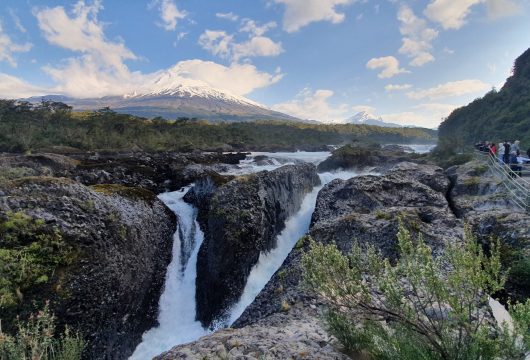
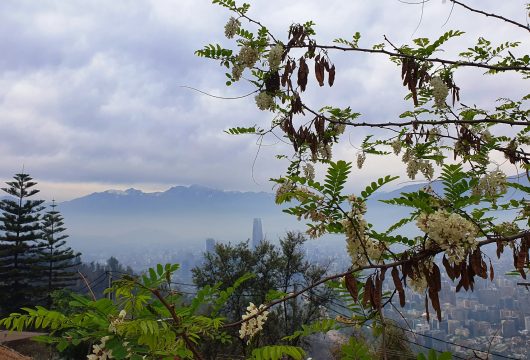
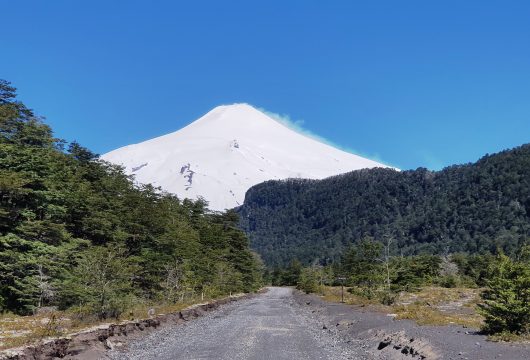
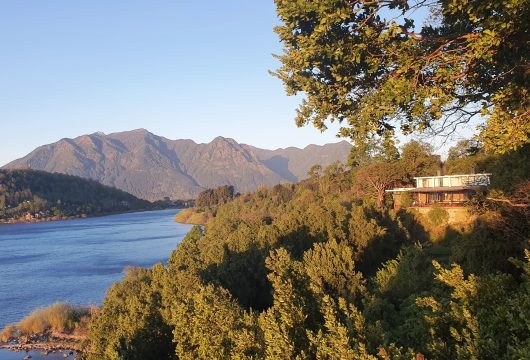
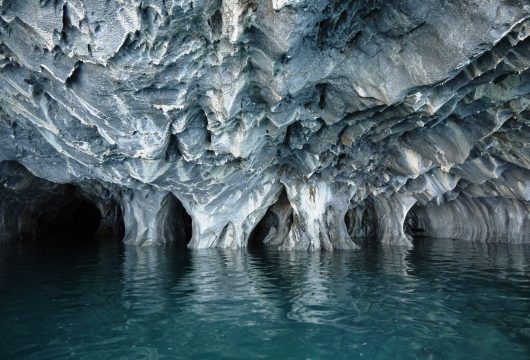
 a Tailor Made Tour
a Tailor Made Tour 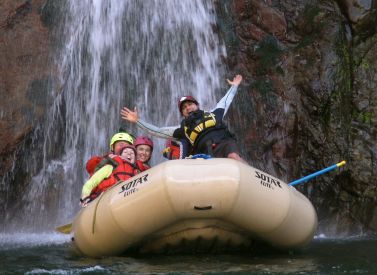

 a Group Tour
a Group Tour 